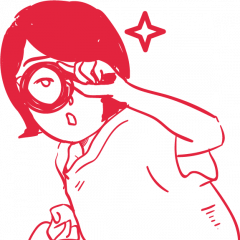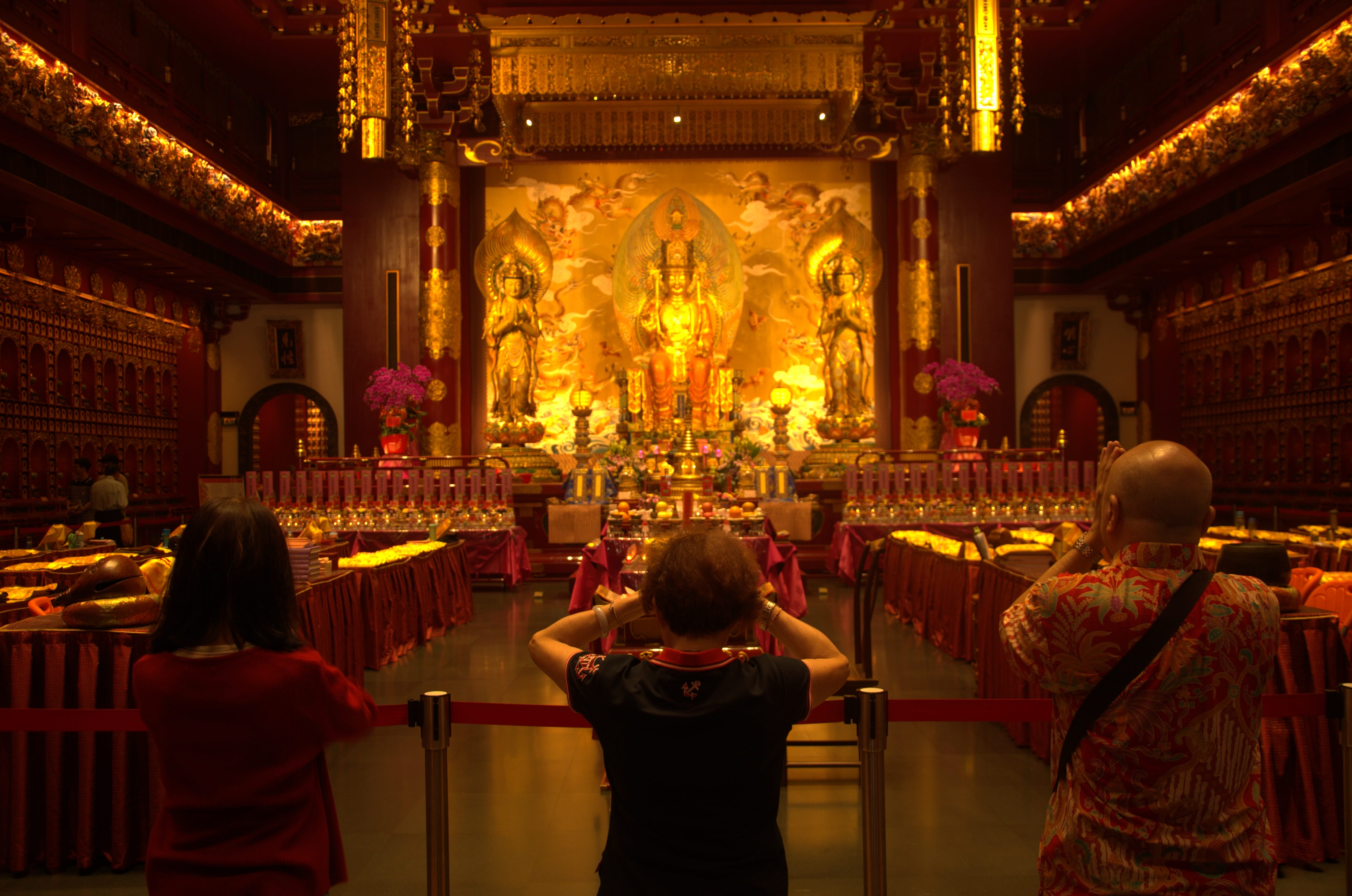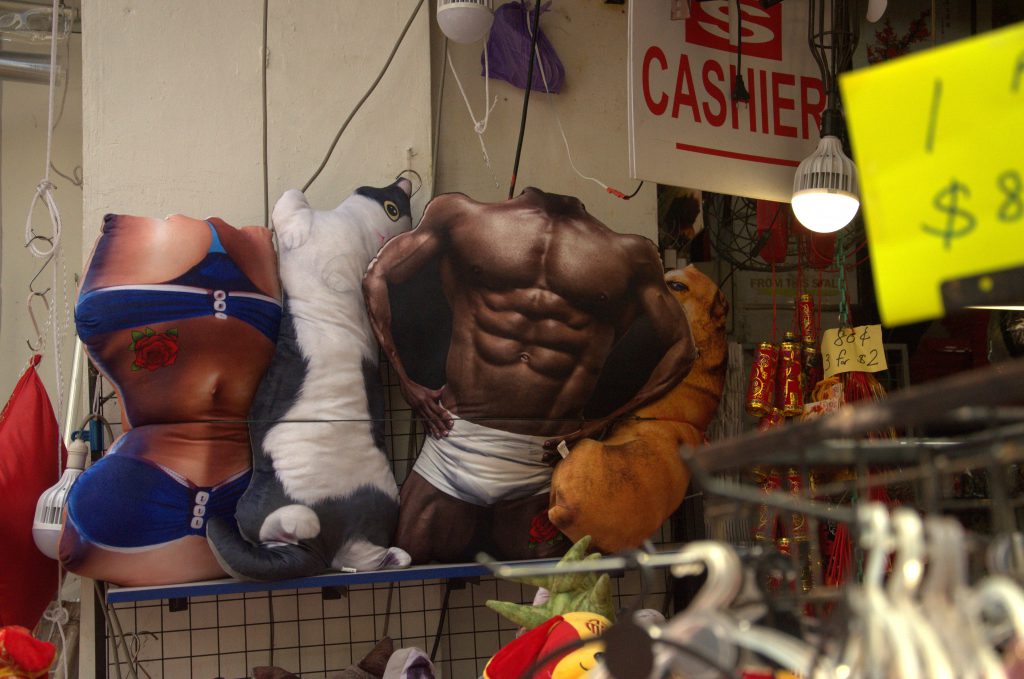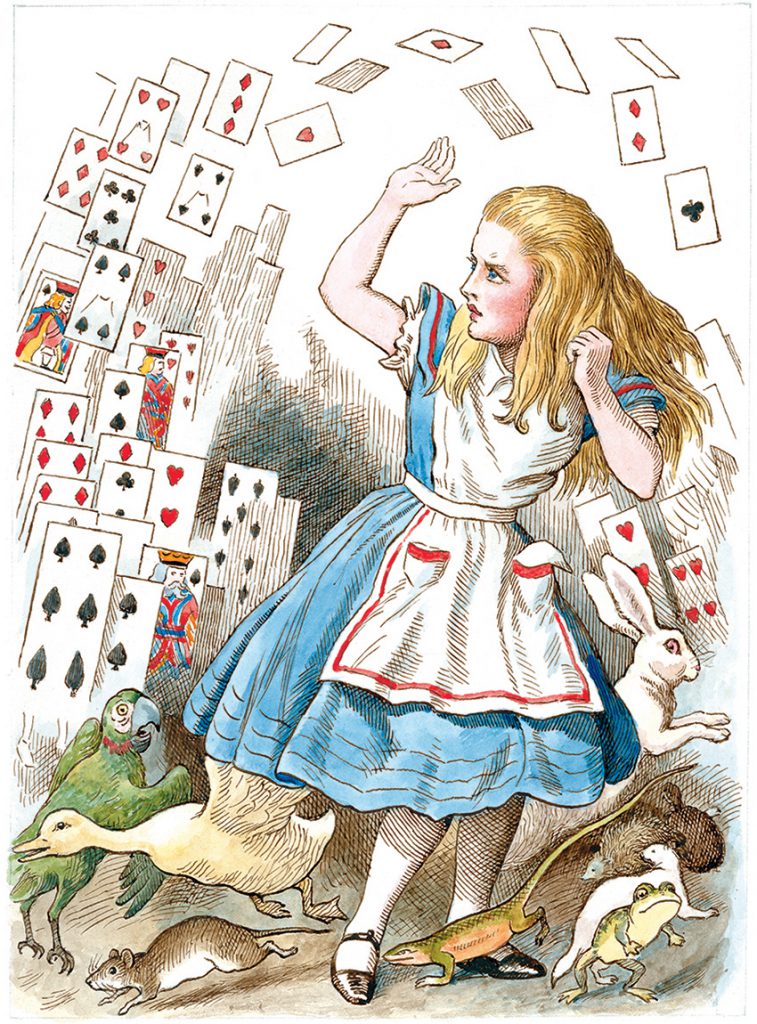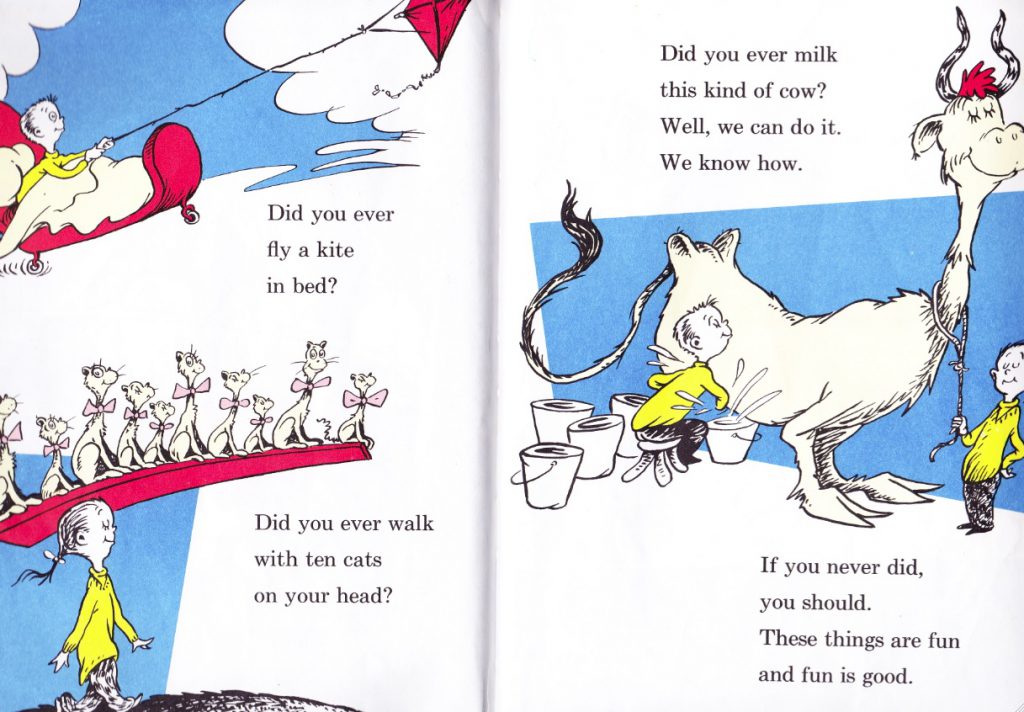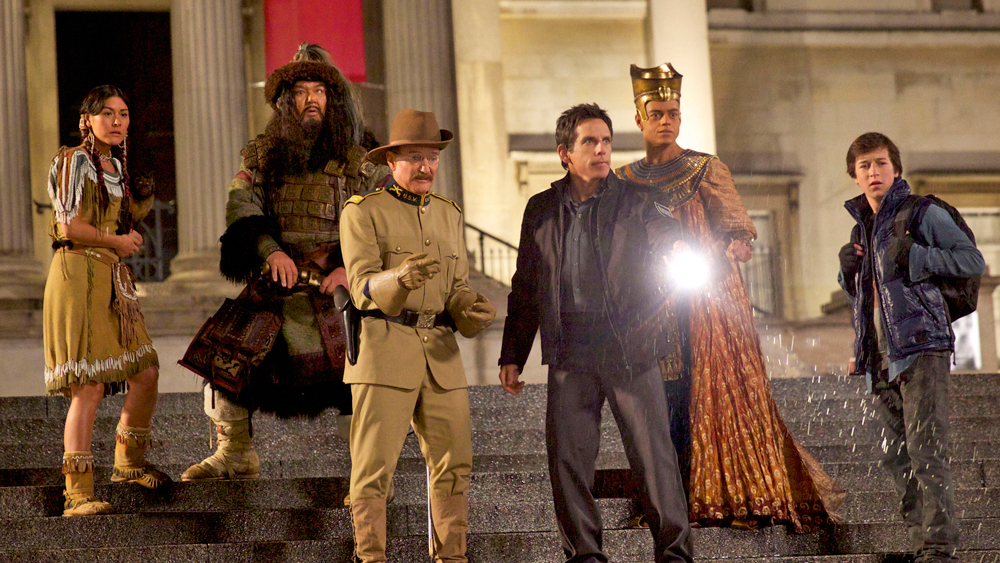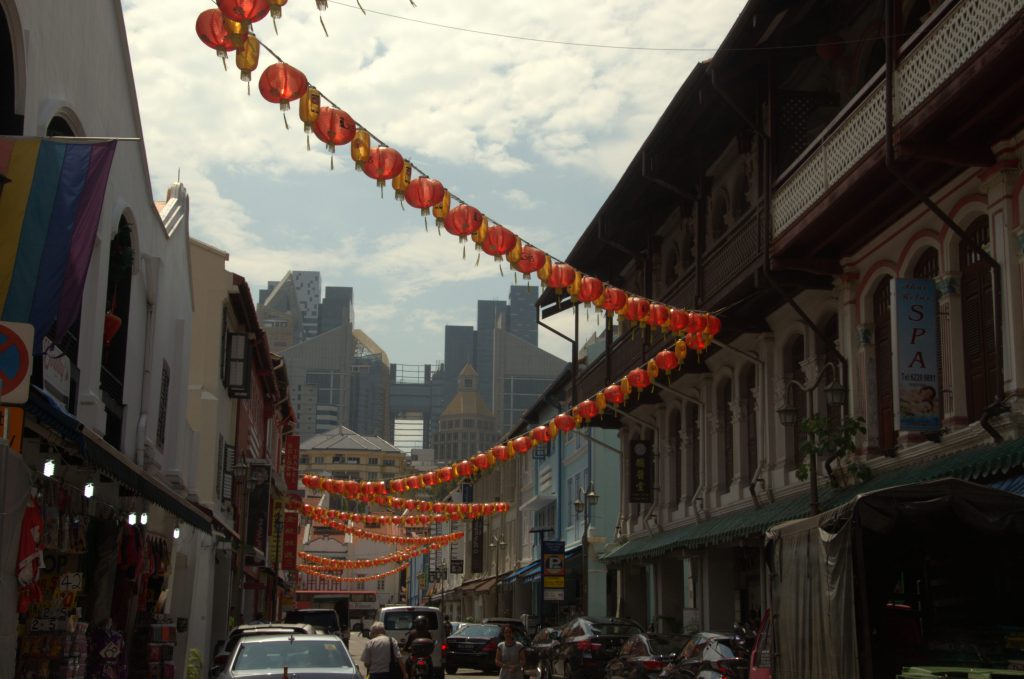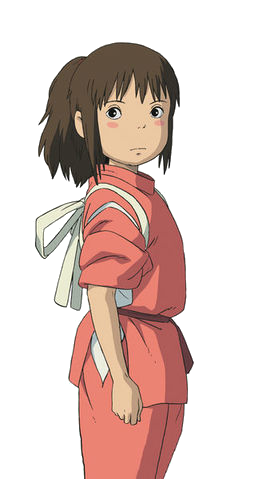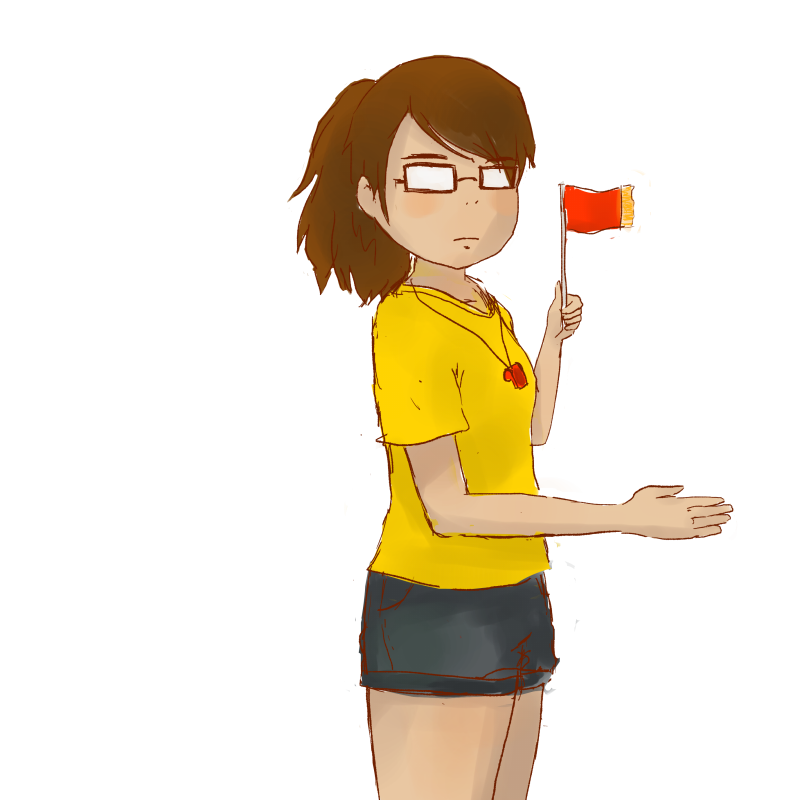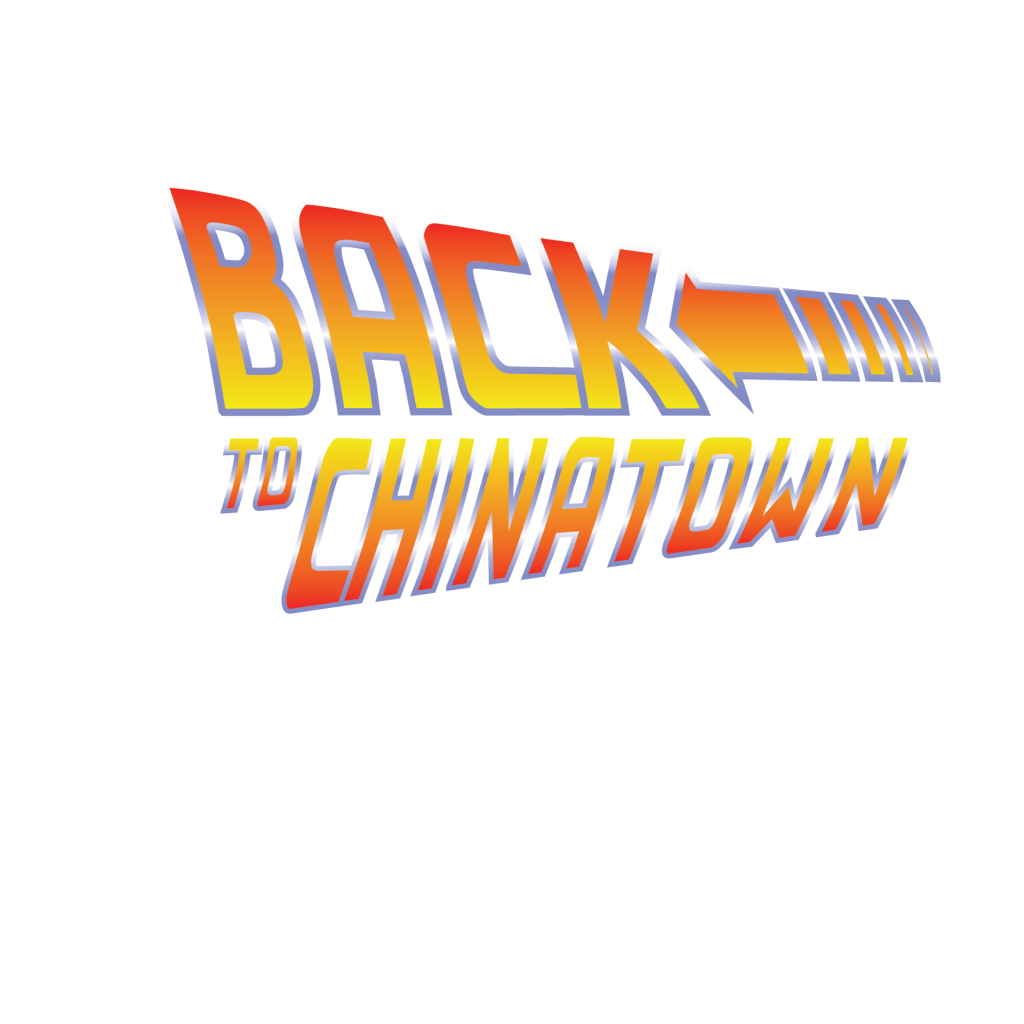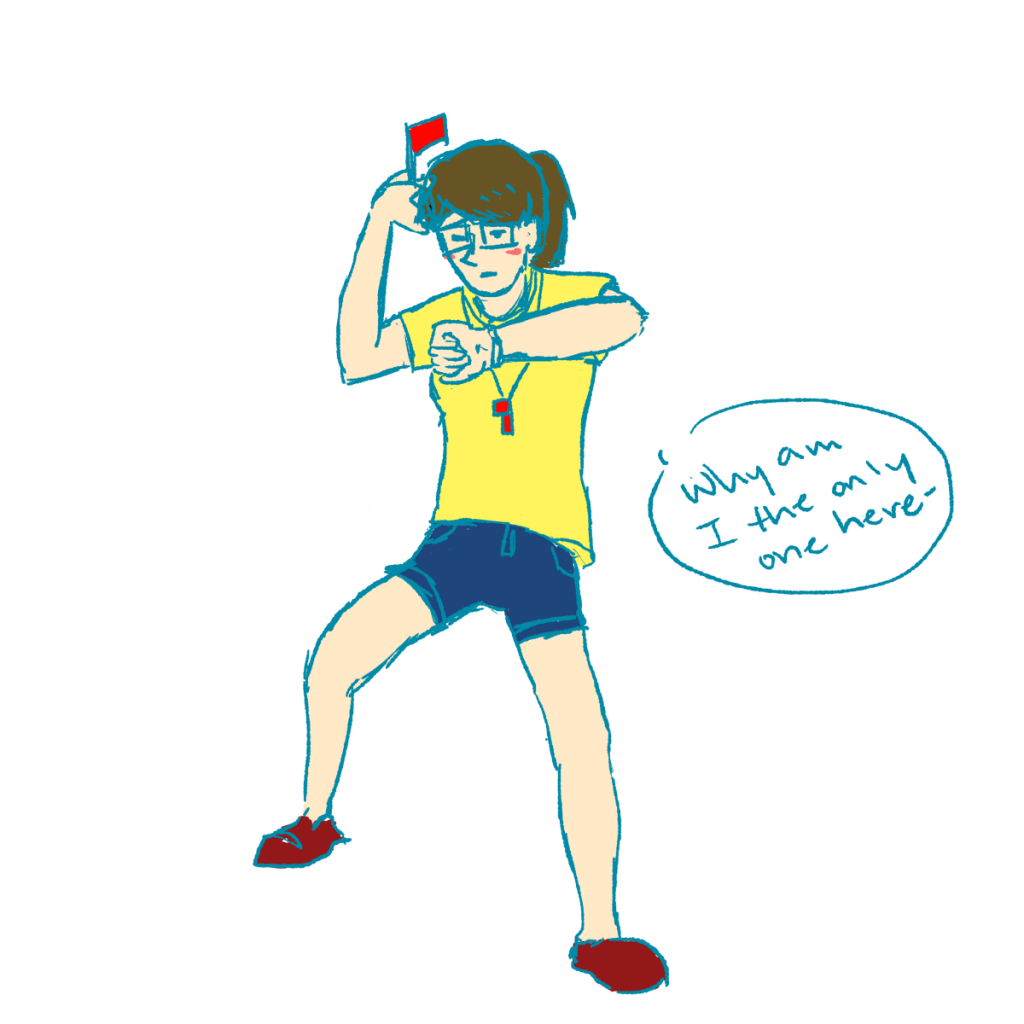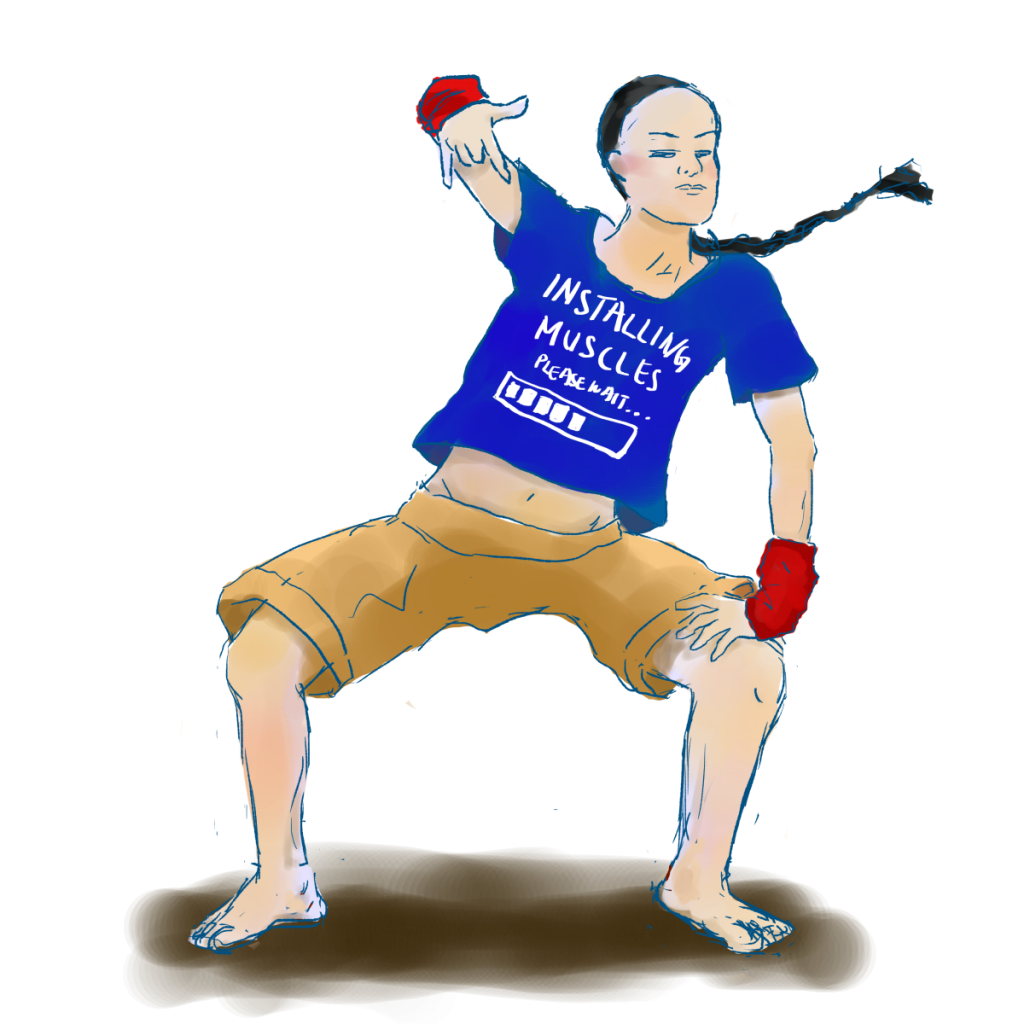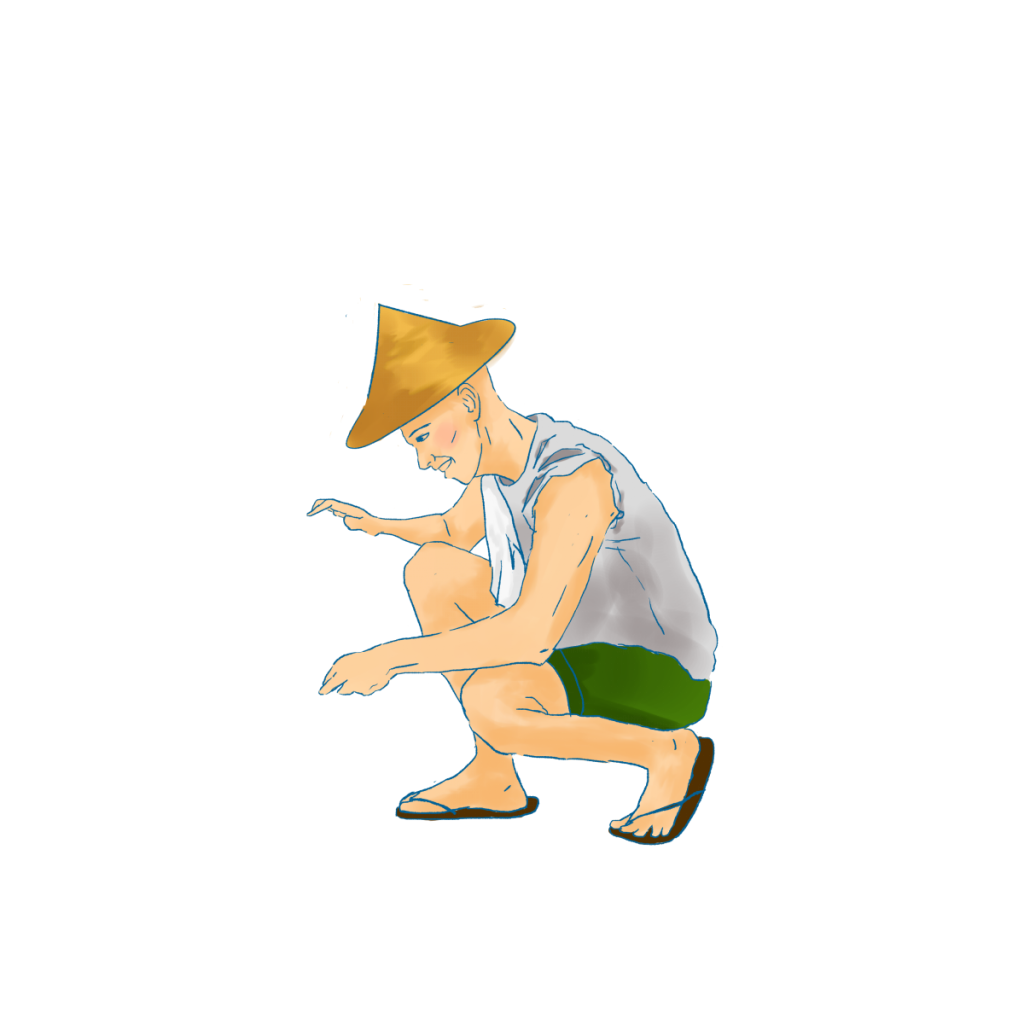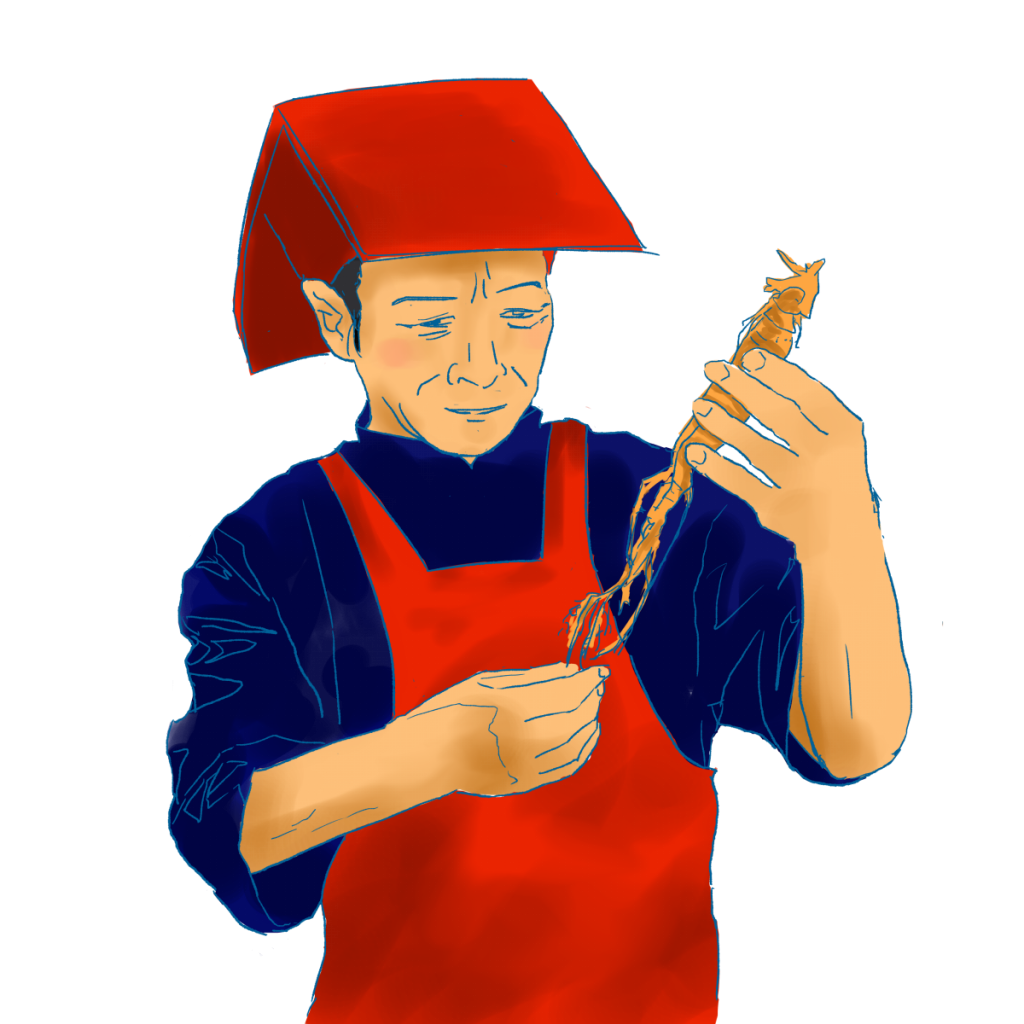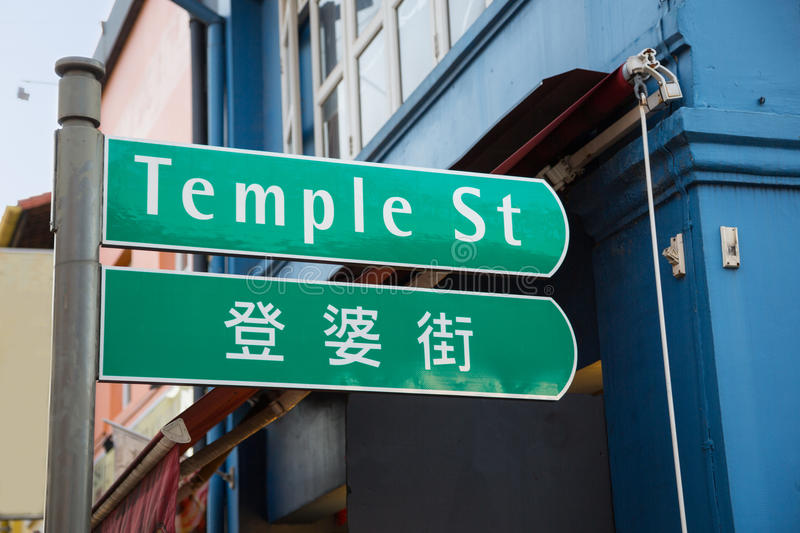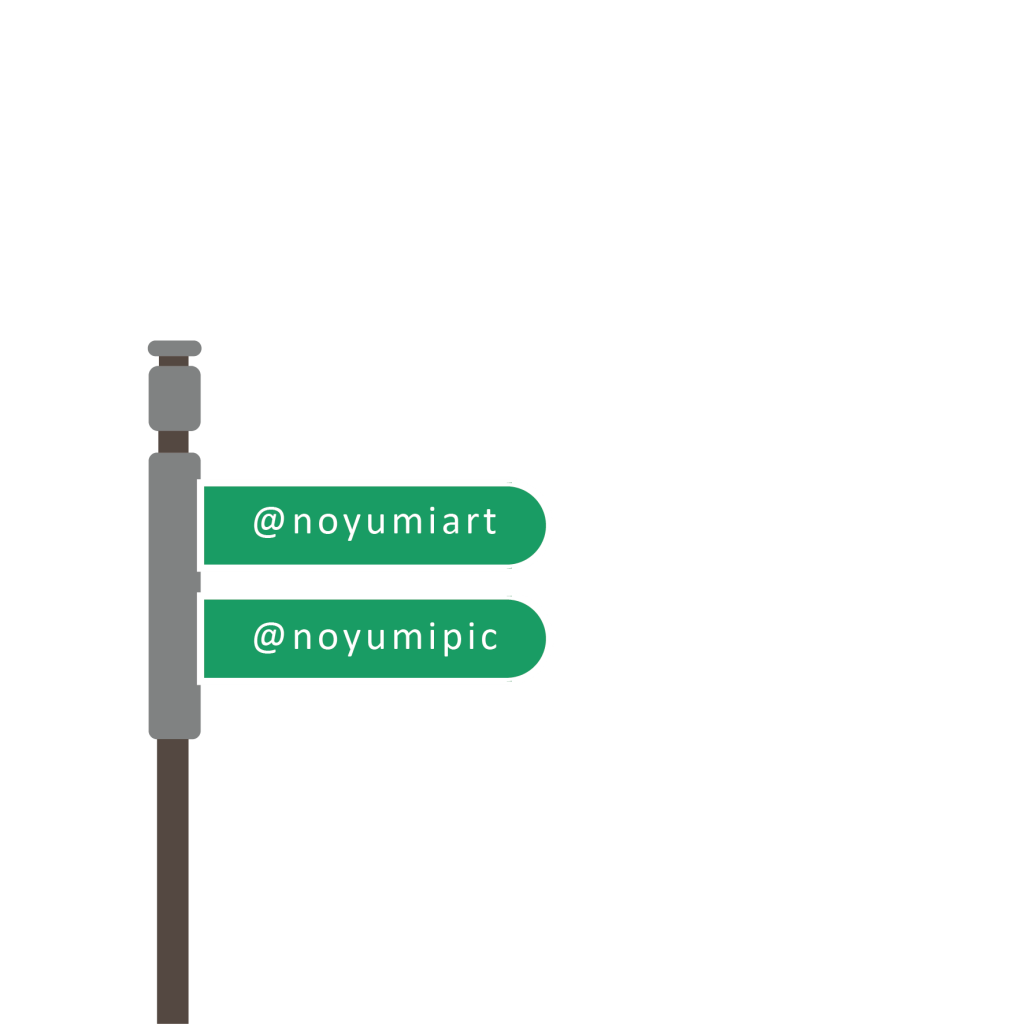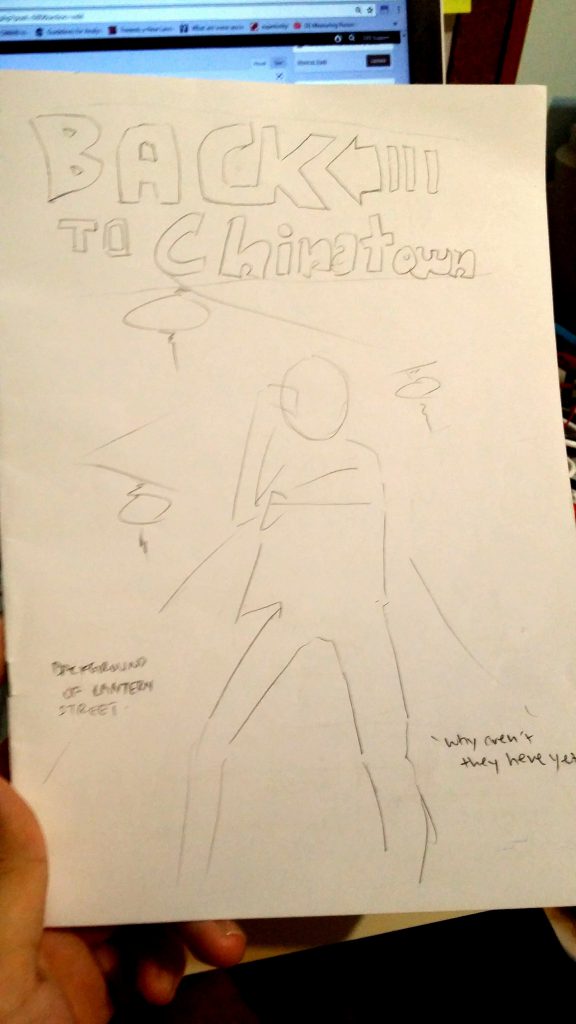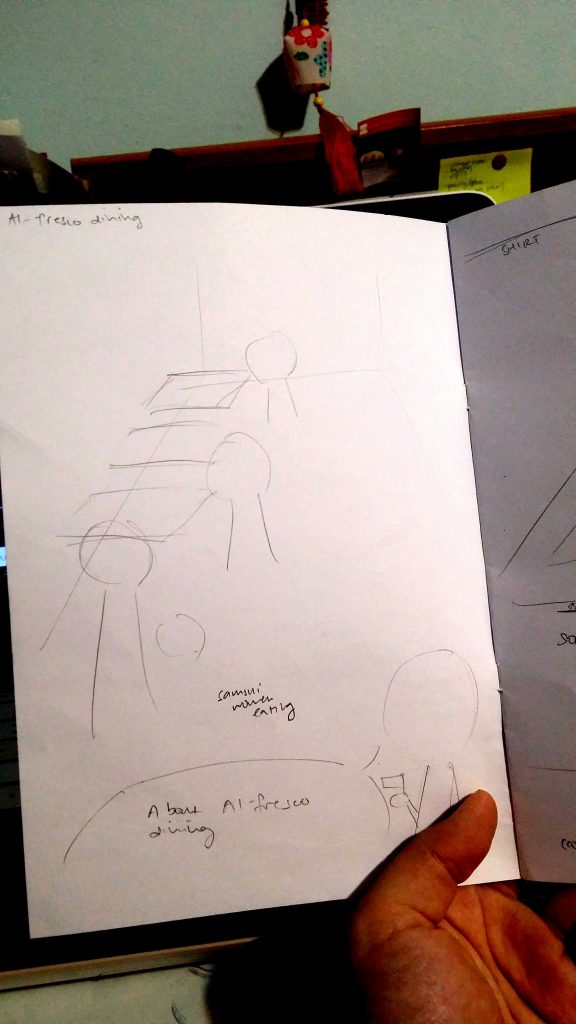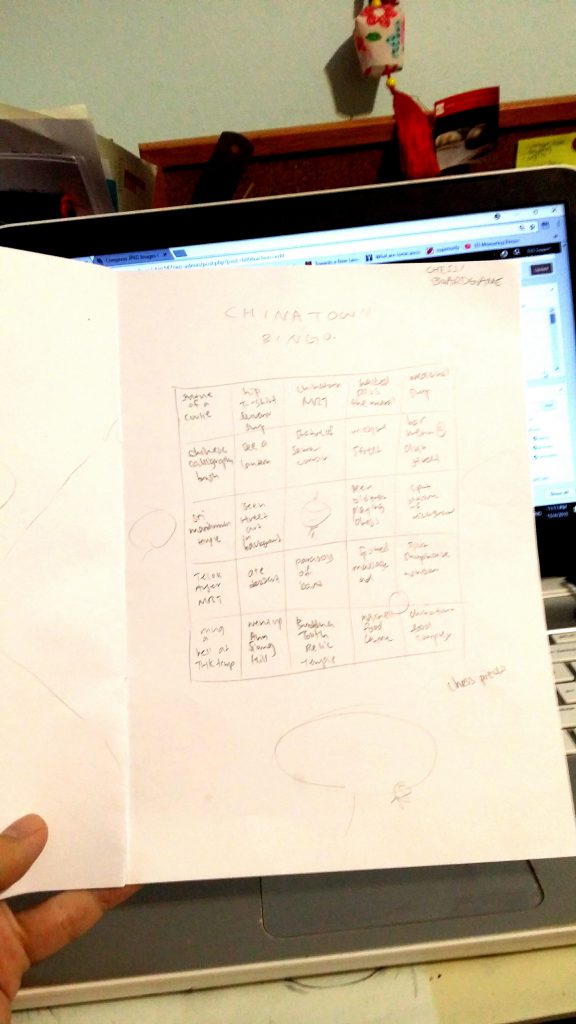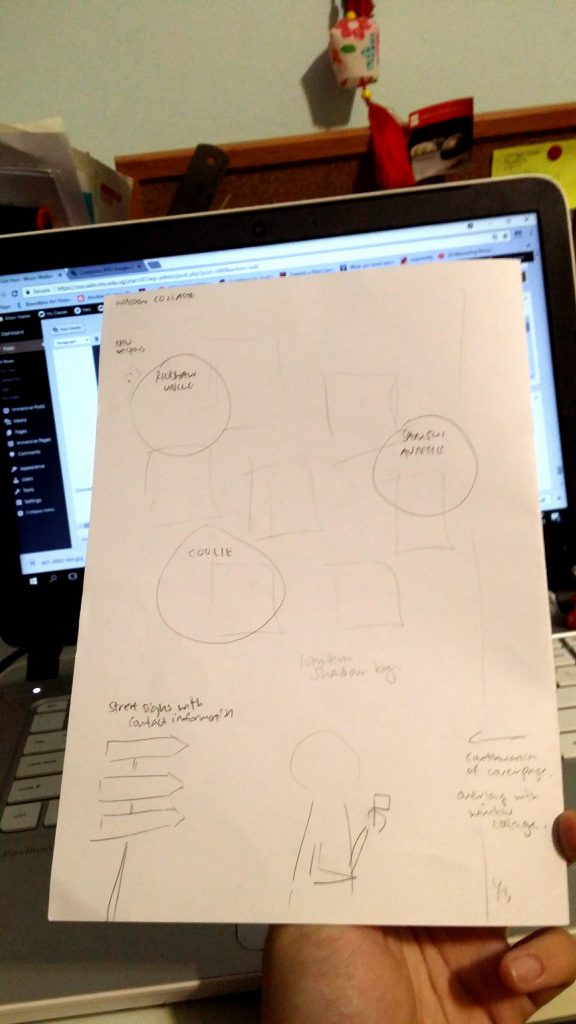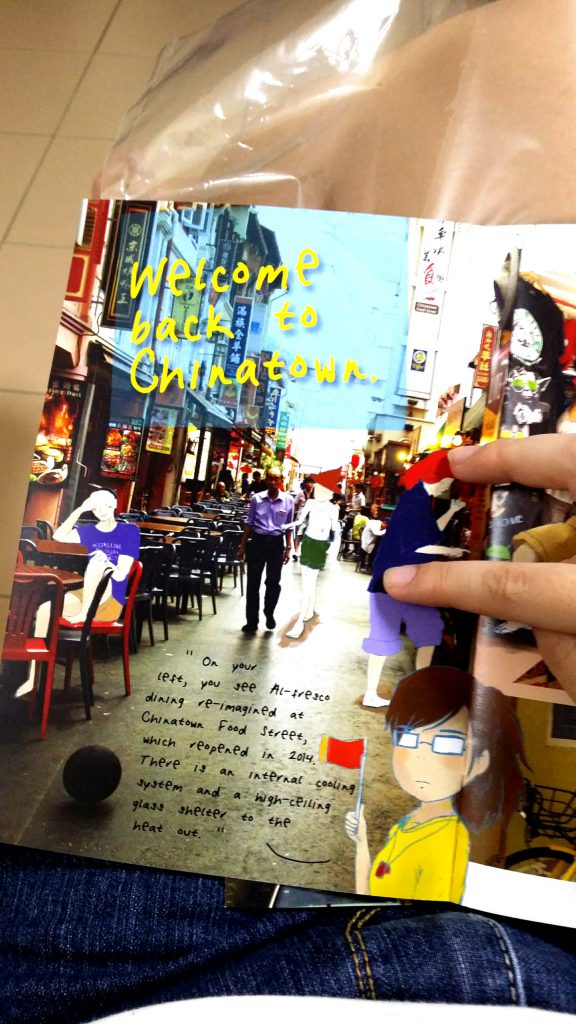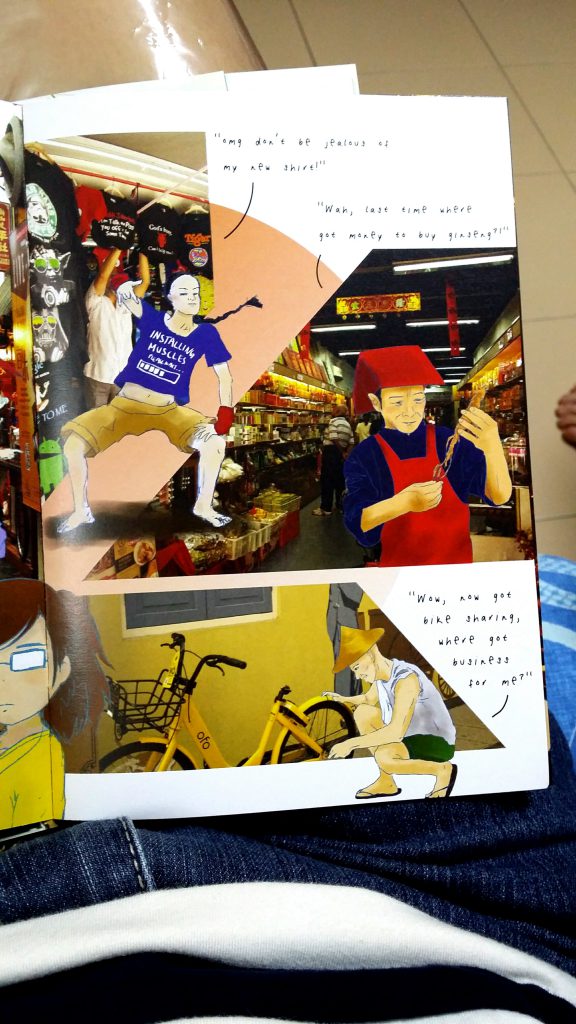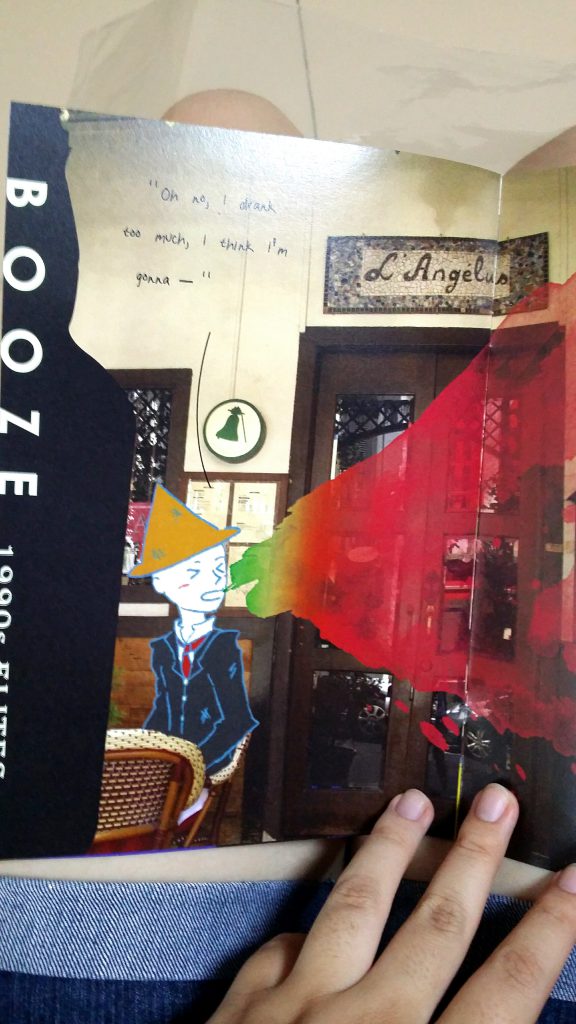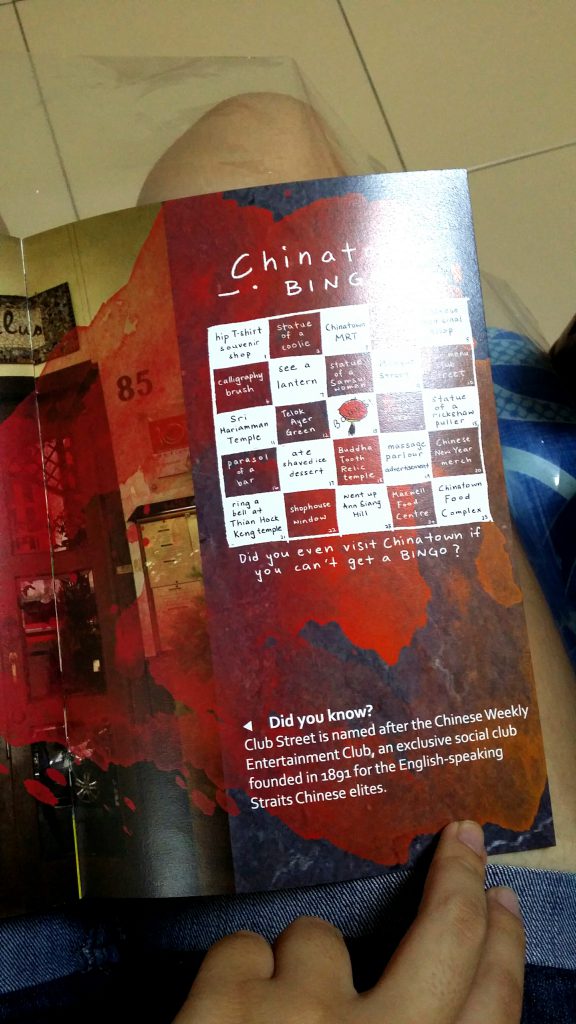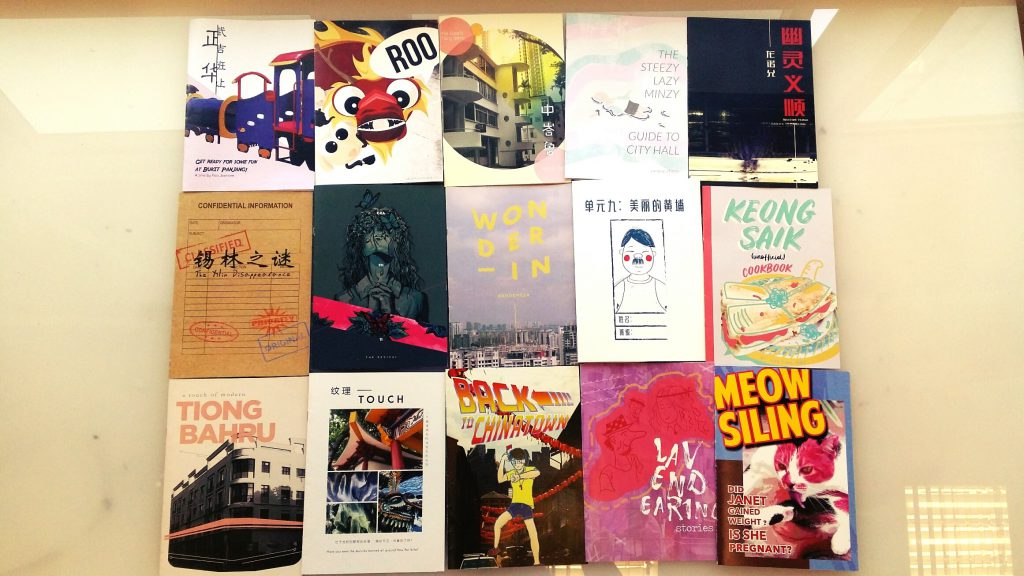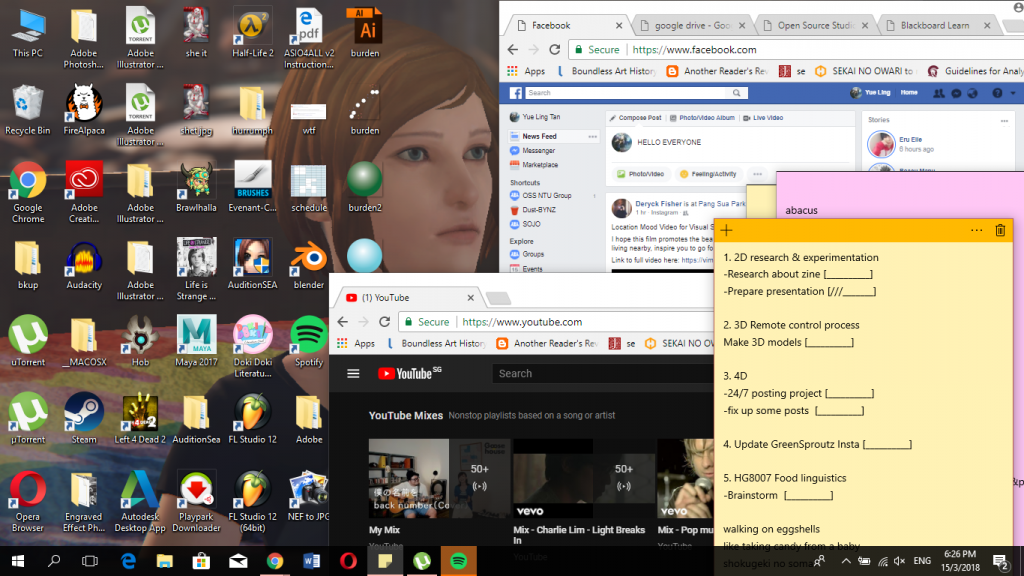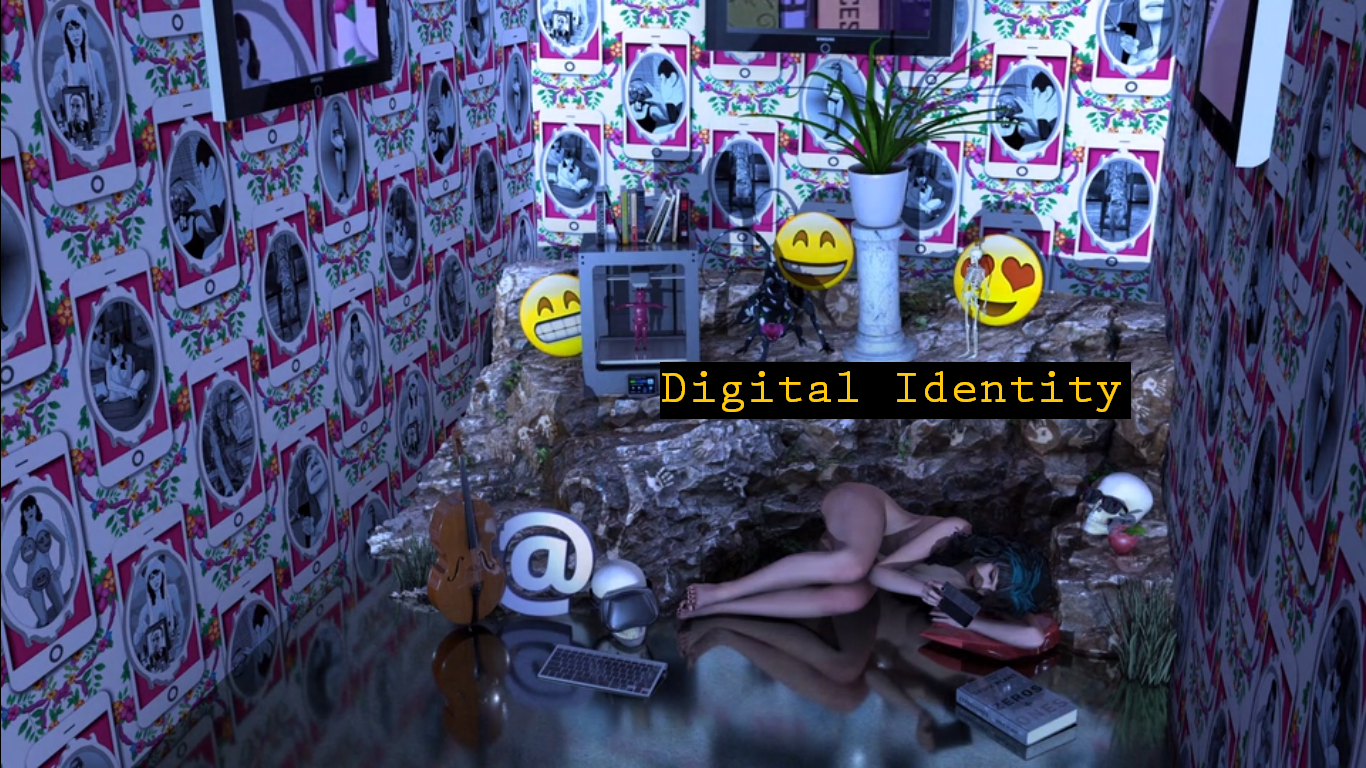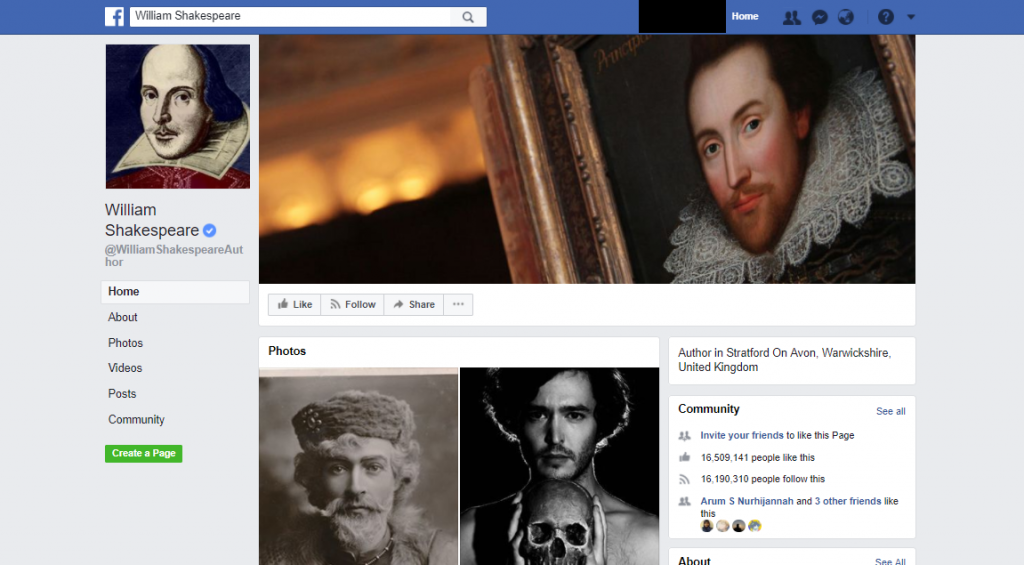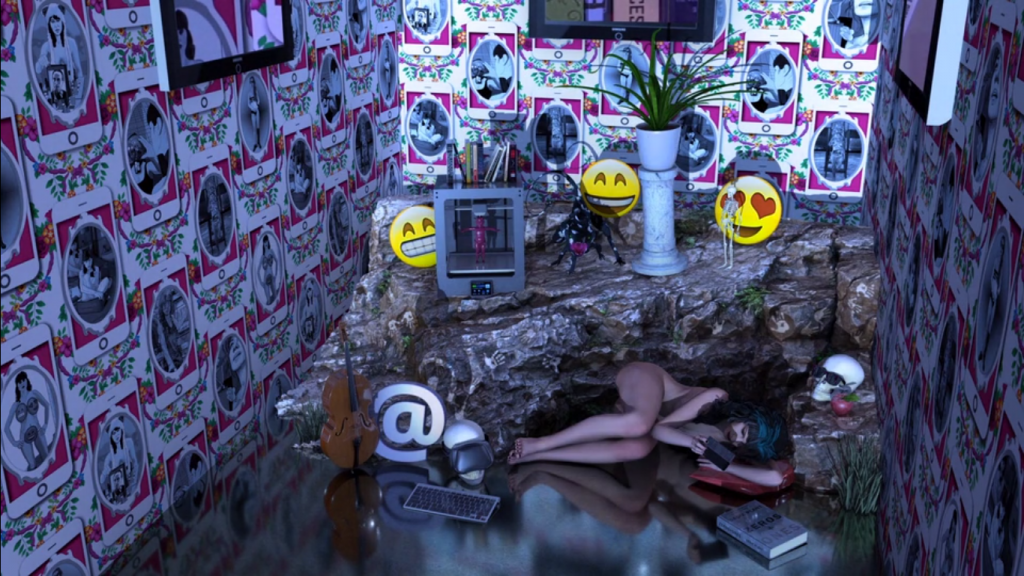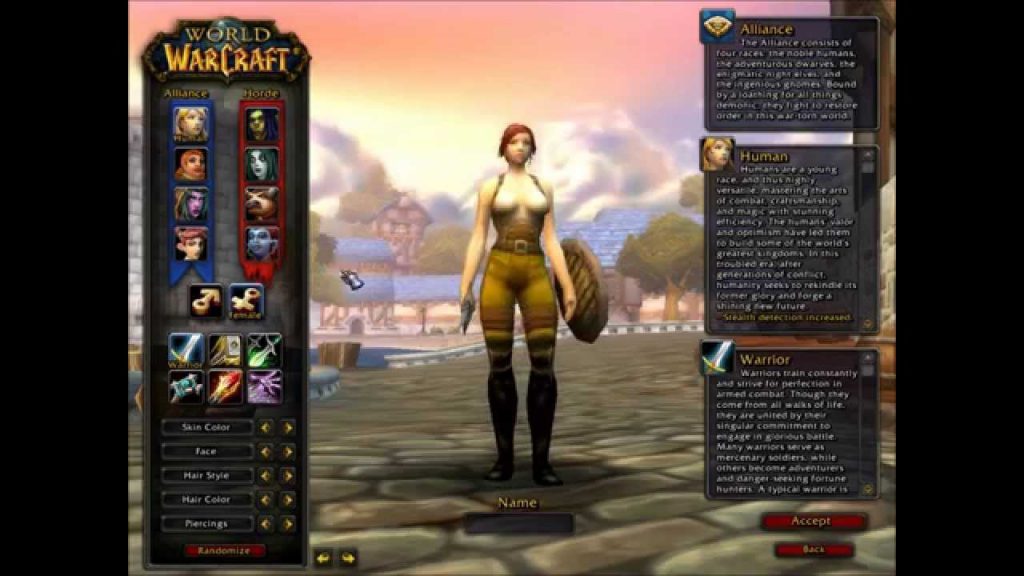ZINE: LOCALE PROJECT
– RESEARCH –
|| For my Zine: Locale project, I decided to pick the area of Chinatown since I’ve never really thoroughly explored the area before despite having been there on a few occasions during Chinese New Year. So I thought that this would be the perfect chance to get to have a nice adventure around the area on my own!
The slides below are a compilation of the primary and secondary research that I have done at the site:
—
Chinatown was made into a social enclave for the ethnic Chinese immigrants in 1822 when Sir Stamford Raffles first founded Singapore.
The general Chinatown area is actually split into 4 major areas, Kreta Ayer, Telok Ayer, Bukit Pasoh and Tanjong Pagar. The sites with more tourists and things to see are the Kreta Ayer and Telok Ayer region, where you can find all the souvenir stores and temples!
Kreta Ayer is named after the water carts that were pulled around in the past because accessible water was usually far from homes. This gives us insight into how Singapore used to be a not-so-well off place, compared to now.
It would literally be impossible to miss these shophouse style architecture around Chinatown. There are different styles, as one can tell from the window decoration. They could be first, second or late transitional, or art deco style shop houses from the colonial times that are really iconic to the venue.
There are bronze sculptures littered around Chinatown of its inhabitants in the past such as Rickshaw Pullers, Samsui Women and Coolies that came from China to Singapore in hopes of better job opportunities. Many immigrants that came here toiled hard and worked tough jobs.
After reading a book called Kreta Ayer I borrowed from the library, I learned a lot more about the lifestyle back then. Samsui women, for example, “could be found in construction sites, digging ditches, scooping sand and cement, and carrying stones and bricks.” They also had a hair combing ritual called the Golden Orchid Pledge which they swore celibacy by. Areas used to have a more morbid past such as Sago Lane having death houses and opium dens while Keong Saik road was basically a red-light district with many brothels where pipa women would work to entertain men.
This giant mural near Maxwell Food Center was made by ACS students and is one of the most popular murals at Chinatown!
One of the iconic temples there was the Thian Hock Keng temple – Temple of Heavenly Happiness, which I happened to step into randomly (had no idea about it before reading Kreta Ayer). It is the oldest Chinese temple in Singapore and is dedicated to Mazu, the Goddess of the Sea that people would pray to before leaving for voyages at sea. When the 2nd World War came to Singapore in 1942, Chinatown suffered the brunt of Japan’s frequent air raids. There were no air shelters and with Chinatown being so crowded, casualties reached as many as 2,000 a day. During the Japanese Occupation, the loss of jobs caused thousands to turn to hawking on the streets.
Here is an audio recording I took while inside the temple:
https://soundcloud.com/l-ryuugahideki/chinatown-temple
You can hear the sound of a bell which I rung, out of multiple bells there that catered to different wishes!
Of course, we really can’t miss the most iconic temple in Chinatown: the Buddha Tooth Relic Temple! It is said to contain the real Buddha’s tooth (which….I actually highly doubt so because my sister once told me she saw the relic on a tour and it was like… some sort of jewel?)
The prayer hall is really massive and sparkling golden and the moment I saw it I had already decided that it was a contender to be in my middle spread.
Here’s the Chinatown Food Complex! I’ve been here with my family once, the food is so expensive TvT As expected of tourist sites…
The complex is meant to revive the idea of al-fresco dining in a street setting. It re-opened in 2014 with an internal cooling system and high-ceiling glass shelter. The street hawkers, operating out of nostalgic mobile carts, recreate the good old days of open-air eating.
The area of Telok Ayer and Club Street is well-adorned with an abundance of pubs and bars.
Now, I don’t drink, so I can only imagine what kind of heaven this area of Chinatown is for alcoholics.
Here are where many of the shophouse architectures are as well, and is one of those spots artists like to go to to sketch.
Club Street is named after the Chinese Weekly Entertainment Club, and exclusive social club founded in 1891 for the English-Speaking Straits Chinese elites.
Needless to say, there are a ton of shops, especially along Pagoda Street, selling souvenirs ranging from hip shirts, to paintbrushes, to just… really weird stuff.
I found this quote in Urban Sketchers’ Chinatown book, and really relate with:
“Chinatown offers me neither a sense of identity nor belonging. Yet I take great pleasure in walking its streets, secretly revelling in its contrived nature, while seeking out the genuine connections people may have to the place.” Nursil
a, social worker.
Here is a video made up of a bunch of smaller clips of the things I saw and heard walking around Chinatown:
There are multiple juxtapositions of pop culture and old architecture.
– IDEA DEVELOPMENT –
Initially, I was looking through a few styles to come up with a style for my zine because I felted kind of daunted by the task of filling up 8 pages of a zine on my own.
How about an Alice in Wonderland style illustration book with me meeting mythical creatures in Chinatown?
Perhaps I could do it like Dr Seuss books; spaced out compositions with some fun text?
All this history talk also reminds me of Night at the Museum, perhaps I could bring historical figures alive?
The possibilities were endless with a zine.
It wasn’t until I was chatting with a senior until I realised that Chinatown and the world of Ghibli’s Spirited Away had uncanny similarities, especially with the lanterns and all. I mean, this:
versus this?
At this point, I’m practically Chihiiro (the protagonist).
So I drew myself as her.
It gave me the idea of a tour.
And then it struck me: if it was so hard trying to imagine myself back in old Chinatown, why not bring people in the past back to modern Chinatown?
We could bring people like the rickshaw puller, coolie and samsui woman to present day Chinatown to witness the fruits of their labour and have fun while at it!
And so begin my humble project:
I spent a good hour learning how to make this font on Illustrator by following this tutorial:
Yay! Now I know how to install new fonts, control gradients and distort my text!
I thought hmm… I literally have over 260+ photographs. It would be a huge pity not to use any of it.
It would also be a huge pity to make them black and white (I toyed with the idea of viewing Chinatown in monochrome but someone did it already, plus Chinatown is so vibrant, that it would just be a waste.)
So I decided to make a photo compilation infused with digital illustrations that I really enjoy doing!
Below are some of the individual drawings I did on FireAlpaca programme:
—
I grew attached to the characters and decided to call them
- Coolie (short for… uhh Coolie)
2. Rickie (short for Rickshaw puller)
3. and Sammie (short for Samsui woman)
I was thinking about my back cover where I had to include my contacts and there was no way I was going to miss the chance to but my name on a sign :)))
(Something like this)
I also forgot to mention earlier that around the same time of doing the actual graphics, I did a sketch of the entire zine.
To plan the content of the zine, I listed out several ideas on Notepad first to filter out which photos mattered the most or told the most stories.
Then I proceeded to create a rough sketch by placing elements around the pages to see how they work out. There’s no other way than to just do it and trust your eyes.
After intense drawing and vector graphic making, here are the final pages!
– FINAL ZINE-
FC:
The title of the zine and illustration would be smack in the middle to focus all attention in the middle. The diagonal arrangement of the lanterns in the background and the logo makes the composition a lot more dynamic.
IFC:
I drew the three musketeers (Coolie, Rickie and Sammie) hanging around Chinatown Food Complex ordering food and included the description on Al-fresco dining at the bottom! Shirley helped me to create the PERFECT header and I was honestly so amazed by how adding a simple rectangle with complementary colours in the title would work so well!!!! I have learned something new again. I placed myself in the middle of the two pages so that they would be seen as a group instead of being two separate pages.
Pg 1:
Here are the three musketeers again, having fun around the various kinds of shops in Chinatown. (Coolie in the clothing shop, Sammie in the medicinal hall, and Rickie having his fun jab at an Ofo-bike). I tried to mask the images into more dynamic shapes that also helped to create visual hierarchy.
Pg 4 & 5 spread: As promised, here is the majestic landscape spread of the interior of the Buddha Tooth Relic Temple and I think it looks as awesome as I had imagined.
Pg 6 & IBC: On the left page, I added content about Club Street and booze. The colourful vomit in the middle (which is a warped watercolour mark with a gradient colour overlay) joins the 2/3 area to the 1/3 area of Chinatown Bingo! I decided to add in bingo since it was a really popular trend that was going on during this period and I figured it would be a fun way to make the zine interactive, as well as give suggestions for more areas of Chinatown to visit since I can’t fit all of its greatness into 8 pages only.
Back cover: Here I overlayed a continuation of the photo from the front cover on top of a photo of a couple strolling with shadows of lanterns on the floor.
I added an engraved effect to an illustration of a map I did for the presentation slides. And there it is! My name on a sign!
I also did some cool vector illustrations of the 3 musketeers.
– PHYSICAL ZINE –
I spent soooooo long trying to get the PDF exportation right because I didn’t have Acrobat 🙁 But using the school computer, I managed to do it by expanding my text and packaging the entire zine!
Here is my physical baby!
Class zine cover page grid!
– Reflections –
Some difficulties I faced and things I learned:
- Facing the epic task of creating a layout for 8 pages of zine out of pure content researched by ourselves was pretty daunting. I was trying really hard to think of a style to follow, and I think it helps to talk to people about your idea, you never know what fresh ideas they have!
- Creating hierarchy for the header. I was having a hard time thinking of a way to make it stand out more until Shirley just smacks on a blue box with yellow font and all of a sudden it gives my zine 20 times the amount of life it had compared to before. I think this taught me to be more daring with using elements such as shapes and colours in my design. Just because there are photos doesn’t mean your font has to hide!
- How can I miss out learning how to use InDesign? At first, I was extremely not pleased with how confusing the blue and brown boxes were, but I gradually managed to get a hang of it after placing 1304910294 photos into InDesign for this project. I thought that InDesign was quite useful when it comes to layouts, and I also learned about how designers would use placeholder texts to gauge word limits. I thought that was pretty amusing since I always thought the number of words dictated the design, but I guess designers have the power too!!!
- Exporting InDesign files as .pdfs for printing! Oh boy did this process take a long time for me, but now I know the importance of Adobe Acrobat!
- I think another important takeaway is how to translate research findings into material for a zine. By going down to the sites to experience them first-hand, it really gives us the genuine motivation to want to create content about something and share it with others, as compared to if we were just to simply do some Googling online.
